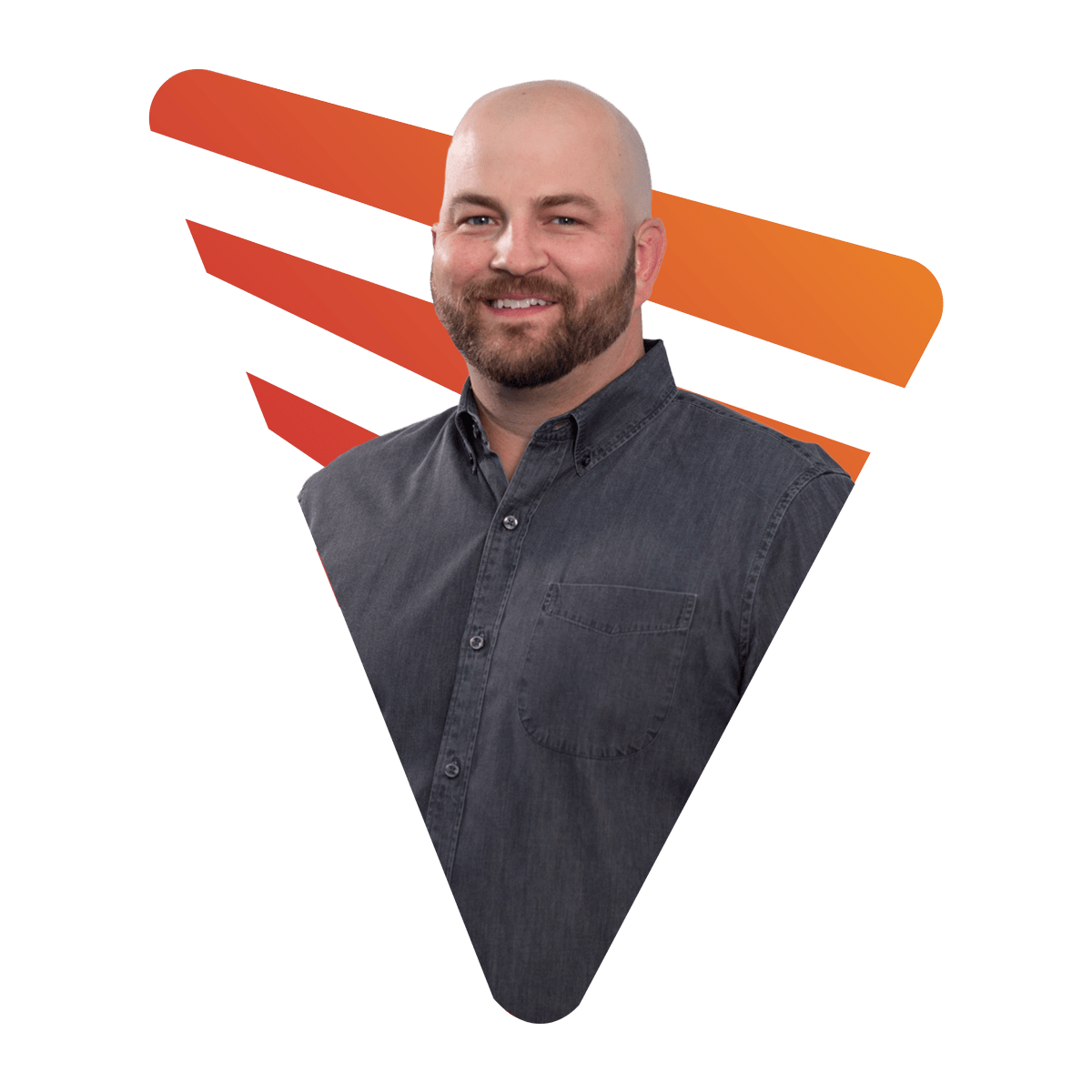When it comes to web design, Wordpress is one of the most popular and powerful platforms in use today. But it's not just an attractive skin and navigation system for your site: it's also one of the most effective content management systems you can get. And because Wordpress was designed with a simple user interface and easily configurable elements, most laypeople and business owners can manage their own Wordpress site after the initial web design and setup phase. The following are the critical components that you should know in order to capitalize on the benefits offered with this CMS platform.
Wordpress
The actual Wordpress platform used for your site will be installed on your domain. (You can also have more than one WP installation at a time on the same site by using sub domains.) At this level you'll have a database, a Content Management System, and probably one or two themes and plugins that are often included for free with a new install.
Once the WP install is up, most people will have everything they need to manage their site themselves - even with very little knowledge. Wordpress is an intuitive program and unless you need to get directly into the CSS or code of the site, it should be fairly easy to quickly become self sufficient.
Dashboard
The dashboard is what many people refer to as the "backend" of a website. The central screen of the dashboard displays all options for managing your WP site, including editing sections to manipulate code and style sheets. The menu of the dashboard generally runs along the left hand side of the screen and may extend below the visible screen area. Central menus can also be setup to display across the top of the dashboard or to the right.
Because most people only use a few different features of their websites, WP's dashboard allows you to customize the main screen to feature only the components and information that is important to you.
Once you log in to your WP site, you'll have access to the dashboard, and you'll notice an administrative toolbar across the top of your screen if you visit your site while logged in. This allows you to quickly get into various sections of the site from the "front" side, and it also ensures that your own visits to your site are not counted as part of your traffic or visitor analytics.
From the dashboard you will control all of the features of your site, the most important of which are listed below.
Theme
The theme is the "skin" or look and feel of your website. From simple, free themes to complex custom themes, there's very little that you can't do with a Wordpress site when it comes to web design, graphics, headers, layout, menus and so on. Themes can be obtained and installed directly in the "Appearance" section of the dashboard, or you can upload your own theme in a matter of seconds. WP makes it easy to quickly try out many different themes for testing and tweaking purposes.
The theme is the overall look of your website, but the individual elements of the theme are governed by how you use the platform to setup your menus, widgets, sidebars, posts, static pages and so on.
In the next installment of Wordpress Web Design for Dummies, we'll discuss the design and functional elements of WP websites and how you can easily manage them yourself. But while it might be fairly straight forward to manage a site that's already been built and published, it's not so easy to do your own installation and theme design. To have this done for you right now so you can start using your WP site, call the number at the top of your screen for an immediate, free consultation. Take developers and webmasters right out of the picture - and out of your budget - by setting up a Wordpress site now.




